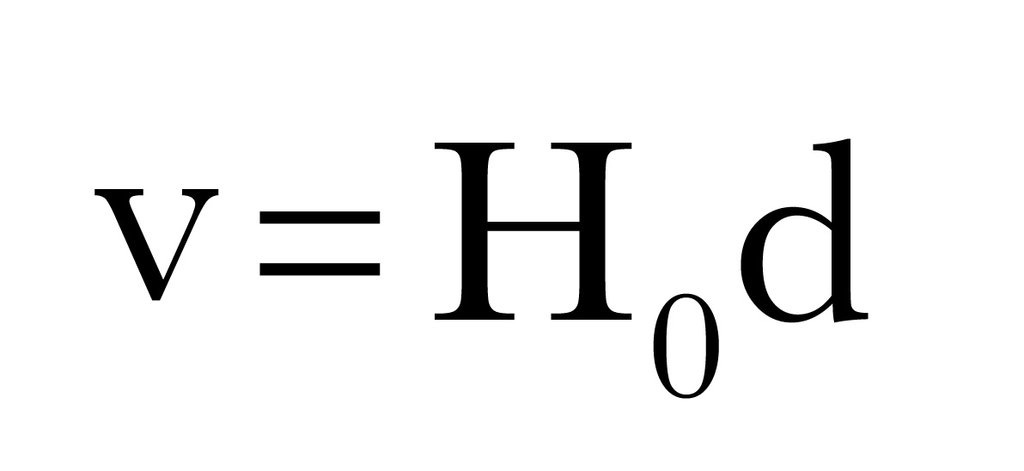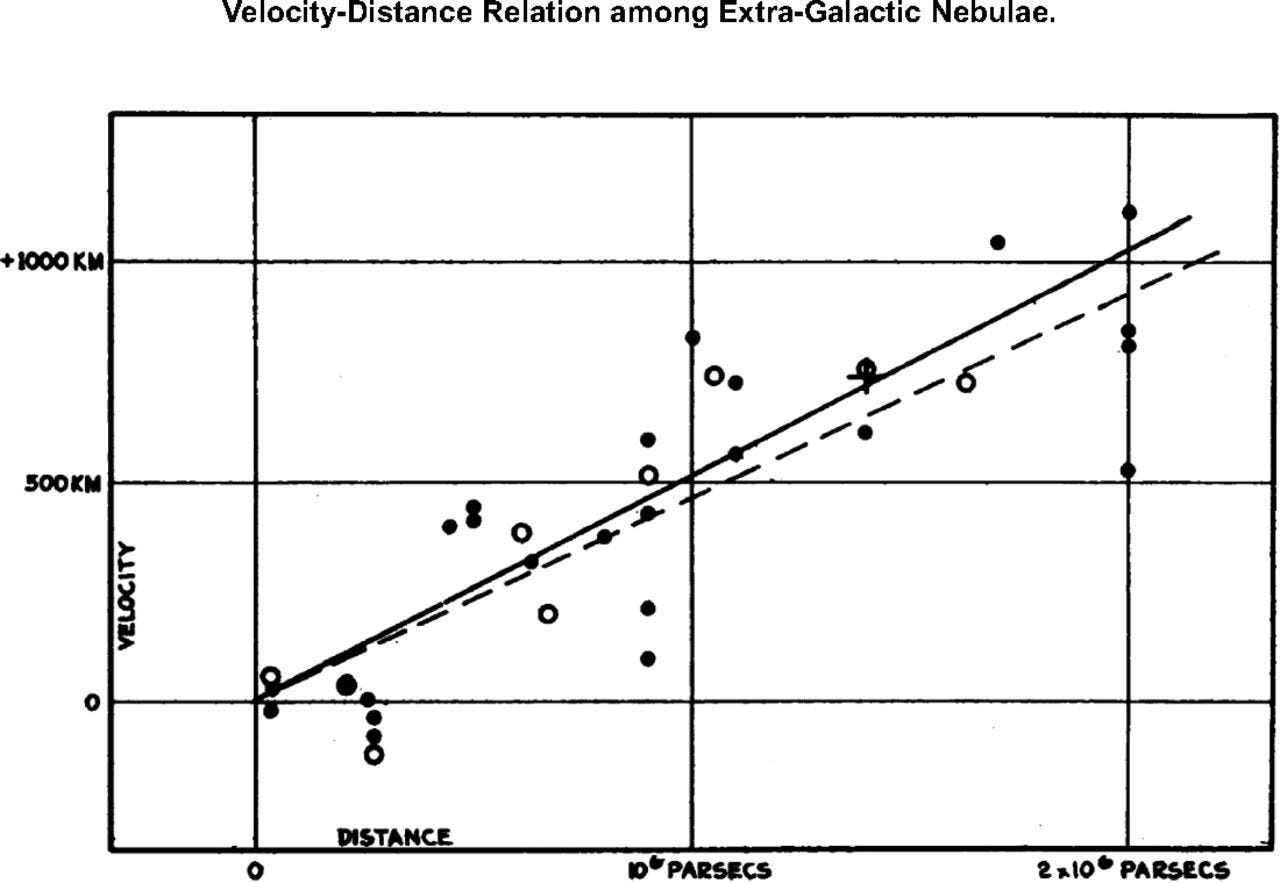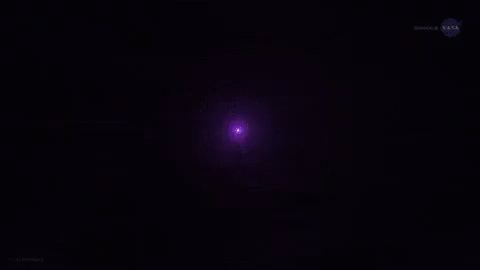This unbelievably simple equation solved a centuries-old mystery
Hubble's Law and Cosmological Redshift explained...
Sometimes you have to go up really high to understand how small you really are - Felix Baumgartner
Greetings, fellow Bohron
The heliocentric model of the universe proposed by Copernicus in 1543 overthrew a 1500-year-old misconception of Ptolemy’s Earth-centred universe. Centuries later, through the work of the 18th century astronomer Sir William Herschel, it was shown that even the Heliocentric universe had some major flaws and the Sun was not situated at the centre of the universe.

We have come a long way since then. Thanks to the painstaking observations of some of the most influential astronomers of the 20th century, we now know that our Sun isn’t the only star out there and that the universe contains about 100 billion galaxies with each consisting of more than 100 billion stars.
But how did this sudden kaboom of knowledge happen that ultimately led to our modern picture of the universe?
Cosmological Redshift
If you have ever heard the siren of an ambulance, you must have observed the change in pitch that occurs when it passes by. This effect is not only confined to sound waves but applies to electromagnetic waves as well.

The relative motion between a source of electromagnetic radiation and an observer causes the distance between successive emitted wave crests to vary. As a result, the observed frequency and the actual frequency of radiation differ, and this phenomenon is known as the Doppler Effect.
In the visible range of the electromagnetic spectrum, red light corresponds to the lowest frequency.

Redshift is an increase in wavelength(i.e. decrease in frequency) of electromagnetic radiation emitted from a source moving away from an observer.
Opposite to this phenomenon is Blueshift which corresponds to a decrease in wavelength(or increase in frequency) due to a decrease in distance between the source and the observer.
Hubble’s Law
The fact that Milky Way isn't the only galaxy in the universe was established by American astronomer Edwin Hubble in 1924. To prove this, he had to calculate the distance to other galaxies by using indirect methods such as observing the varying luminosity of the distant stars. How is this done?
We wrote a separate post for this. Check it out here.

From astronomer Vesto Slipher’s spectroscopic data of stars in 24 different galaxies, Hubble found something similar in the spectra of stars in a specific galaxy. The sets of colours in their spectra were all redshifted by the same relative amount. As described above, this meant that the stars were moving away from us!
Then came a second surprise. The extent of the redshift of a galaxy was found to be directly proportional to its distance from us!

Hubble’s Law states that galaxies are moving away from the Earth at velocities proportional to their distance.
Simply saying, the farther a galaxy is, the faster it is moving away!! To understand this better, perform this very simple activity:
Take a balloon and draw several dots on it representing galaxies in the universe. Now inflate the balloon. As the balloon expands, its surface(spacetime fabric) stretches and dots move further apart. If you keep filling in the air, you observe that dots' recession velocities increase with increasing distances between them.
How old is the universe?
Finding the accurate value of Hubble Constant(H₀) is an open area of research even today. Earlier it was estimated using the extent of the redshift of distant galaxies. Nowadays, it is measured through the detection of gravitational waves emitted by the merger of a binary neutron star system or by calculating distances to distant red giant stars. Still, some uncertainties are always associated while measuring so large distances.

The reciprocal of Hubble Constant(H₀) is known as the Hubble time. It gives an estimate of the age of the universe following Big Bang. Using H₀ = 71 km/sec/megaparsec, we get an approximate value of T = 13.77 billion years.
How did the universe begin?
Since galaxies are moving away from each other at ever-increasing speeds, it is believed that there was a time when all the matter was concentrated at a single point in the universe, the big bang singularity. A time when the density and the spacetime curvature of the universe were infinite.

Hubble's Law brought with it the most revolutionary and bizarre idea in the history of astronomy: a belief that the universe started with a Big Bang, a gigantic cosmic explosion that created space and time.





